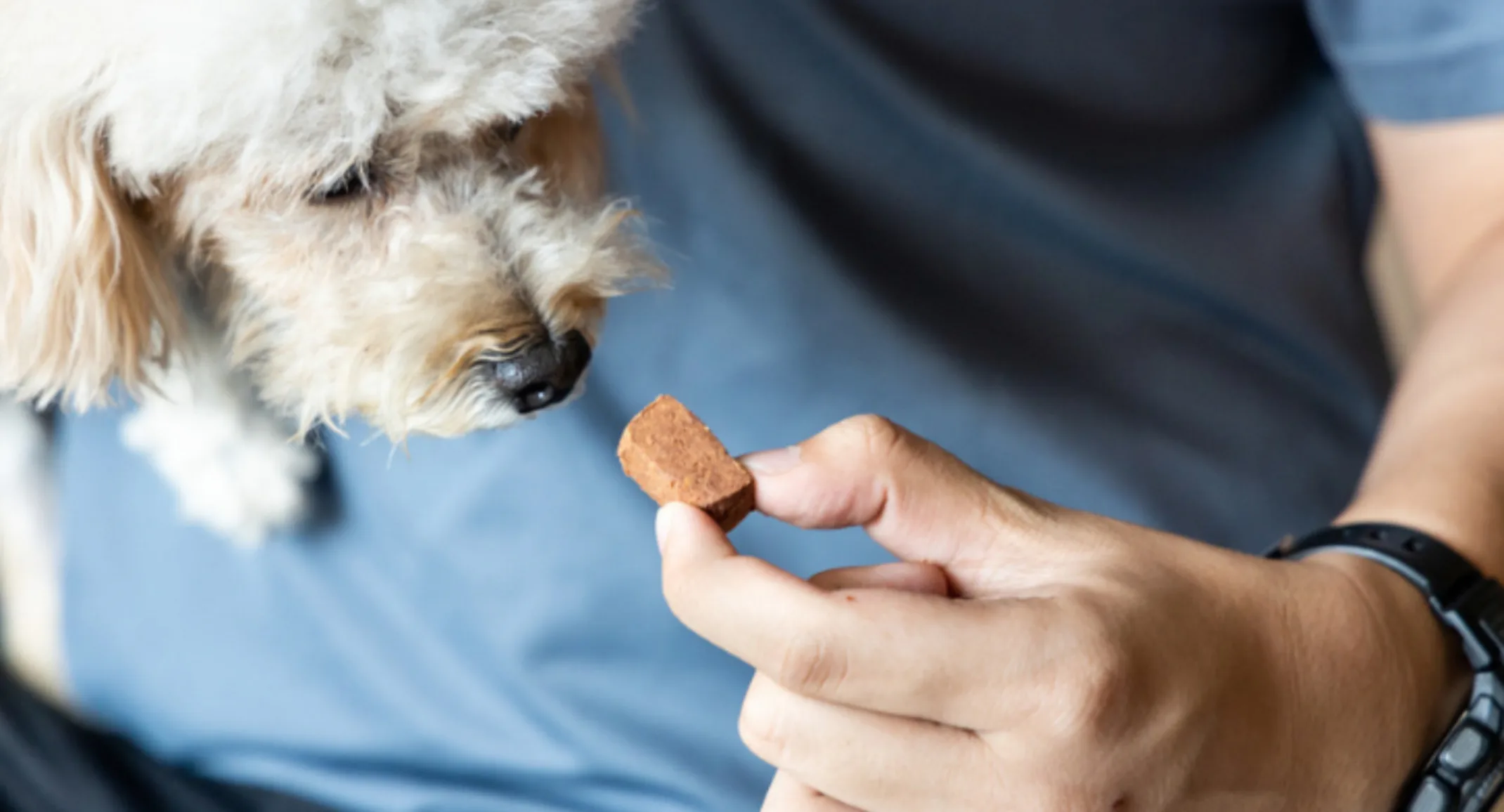Weight Loss Program
Weight Loss Information

As we see obesity skyrocket in humans we also are seeing it in our pets. Over 50% of pets are overweight and this is mainly because they are being overfed with food and/or treats and not enough physical activity. Overfeeding puts an unnecessary strain on your pet's health and your wallet. Assess your pet-how would you classify your pet: underweight, ideal, overweight, or obese? If you feel your pet is overweight or obese the time to take action is now. Similar to humans this extra weight causes chronic strain on their bodies and it will be harder for them to lose this weight later in life. We are seeing more and more owners and their pets trying to lose weight together as a team so they can both be around to enjoy each other as long as possible. Make a plan to help your pet get healthier today because it is truly you who is in charge of how healthy your pet is. You control their food intake and the amount of exercise they get. Bring your pet into the office for a starting weight and then get moving…
Feed only specified food, specified amounts, and specified treats. Yes, that means no special treats or table scraps. Overeating is common in pets today because of the high palatability of grocery and other pet foods. Ad-lib or "free choice" feeding may contribute to increased food intake and obesity. Adding treats and people food also contribute to increased calorie intake. Your attitude towards feeding may need to be addressed during this time. Be sure that you and the rest of the family understand that your pet's weight reduction program is an absolute necessity. Feed only the recommended measured amounts to avoid overeating. Remember feeding ½ in AM and ½ in PM is better than once a day or free choice. We sometimes feed our pets treats to show them how much we love them. But you can show this love in other ways: a head rub, a body massage, a nice long walk, or a good game of fetch is just as enjoyable for humans and animals.
Feel free to come into the clinic at any time to weigh your pet for free!! We want our patients to be as healthy as they can be to live long, happy lives. The best way to evaluate an animal's body condition is by looking and feeling, once a week if possible. There should be a chart in this package to aid you in determining your pet's body condition.
Did you know that 2 lbs of extra fat on a 10 lb cat, or 4 lbs of extra fat on a 20 lb dog is approximately equivalent to 30 lbs of extra fat on a 150 lb human?
If left untreated, obesity can lead to:
Joint or locomotion problems:
Extra pounds put added stress on joints, bones, ligaments and muscles. Conditions such as arthritis, hip dysplasia, disk disease, and ligament ruptures (cruciate) may be caused or aggravated by obesity.
Heart and respiratory diseases:
Extra body tissue means their heart and lungs have to work harder to provide adequate oxygen and circulation. Extra fat in the chest cavity and around the heart muscle decrease the efficiency of the heart and lungs.
Endocrine:
Just like in people, diabetes is much more common in obese animals. Also hypothyroidism is more prevalent in obese animals.
Liver Disease:
Liver function often declines as a result of too much fat getting into the liver. Obese cats sometimes stop eating due to a potentially fatal condition called hepatic lipidosis.
Heat intolerance:
The insulating properties of fat make obese animals more prone to develop heat stroke.
Skin Problems:
Rolls of skin built up by fat deposits often rub against each other and cause chronic skin infections, especially in the anal and valvular regions. Obese cats cannot reach many parts of their body when grooming.
Gastrointestinal Disorders:
Obese animals have impaired function of their gastrointestinal tracts so are more likely to have constipation and flatulence. Pancreatitis, a disease that causes severe abdominal pain and vomiting, is much more common in obese dogs.
Exercise Tips
Daily walking, running, playing fetch, or other games. Swimming can also provide great exercise. Remember that human attention encourages more activity. Your attention and talking to your dog while exercising can help maintain enthusiasm. Walking or jogging on the beach is a great form of exercise. But keep in mind it is very strenuous, and your dog can tire easily. Start your dog on short walks each day to get it accustomed to the sand. If your dog begins to pant too rapidly, STOP exercising. Dogs can suffer from heat stroke so be sure your dog is not overexerting itself and always be sure to have water available. Be careful of hot sand and pavement on your dog's sensitive pads. For cats spend just a few more minutes with a "cat dancer' or rolling a ball up and down the stairs.
Weighing
Start
Weigh your pet and record weight.
Week 4
Weigh your pet and record weight.
- If your pet lost weight then Congratulations and continue with what you are doing.
- If your pet maintained or gained weight, then reduce feedings by 10 - 15%.
Every 4-6 weeks thereafter
Weigh your pet and record weight- adjust according to weight loss
All of our foods we carry have a 100% satisfaction guarantee. If your pet or you don't like it just bring the unused portion back and we will refund your money.
